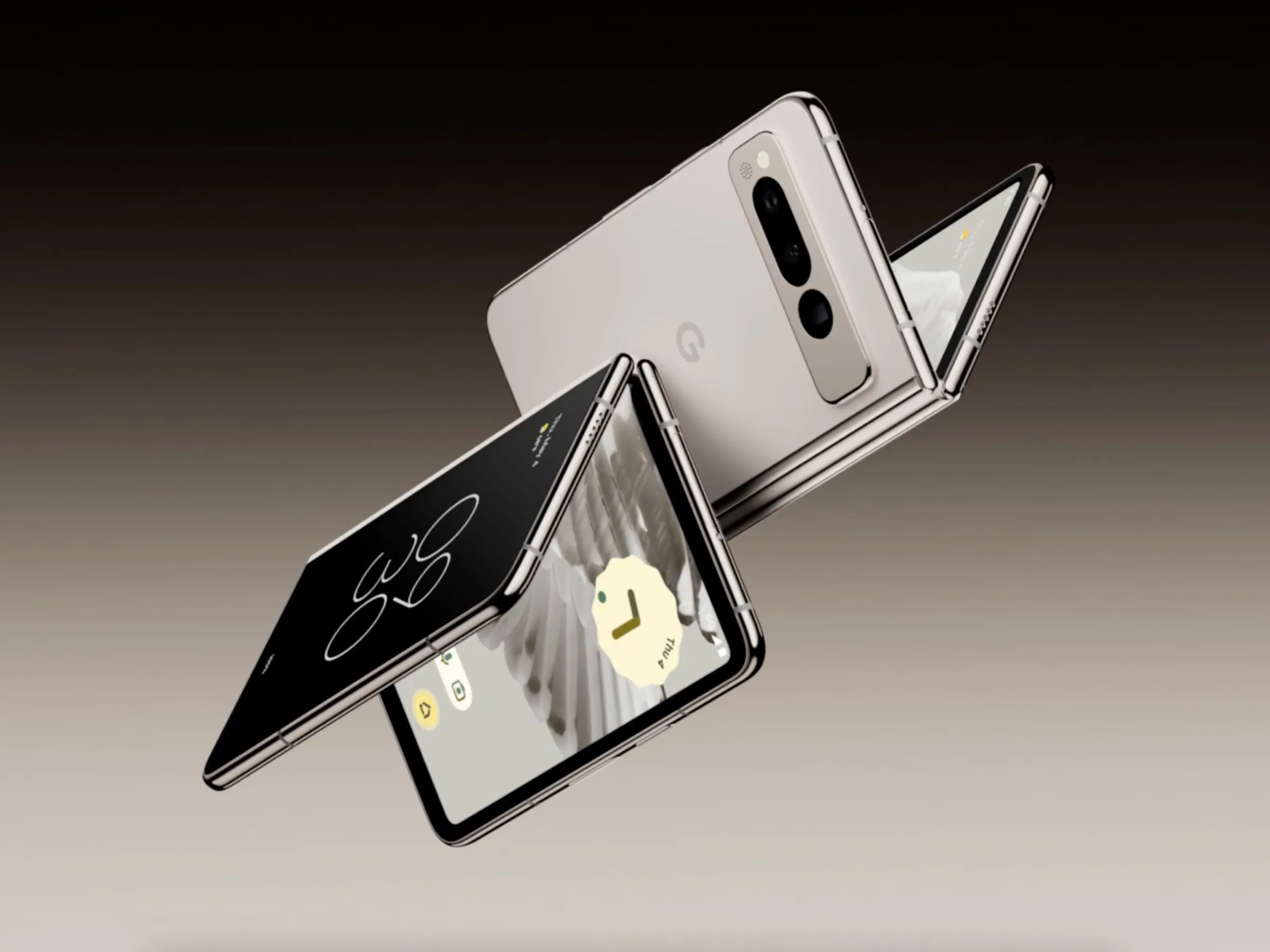In an era where technological advancements seem to push the boundaries of innovation with each passing day, Google has unveiled its first foray into the world of foldable smartphones: the Pixel Fold. Positioned as a direct competitor to the likes of Samsung’s Galaxy Fold and Huawei’s Mate X, the Pixel Fold promises to deliver a seamless amalgamation of cutting-edge technology and elegant design, backed by Google’s trusted brand name.
The Pixel Fold represents a significant milestone for Google, signaling its intent to venture into the realm of foldable devices, a market segment that has gained traction in recent years. With the release of the Pixel Fold, Google aims to capture a larger share of the smartphone market and cater to tech enthusiasts who crave the next level of versatility and functionality.
At first glance, the Pixel Fold exudes a sense of sophistication, showcasing a sleek and polished design that is signature to Google’s flagship devices. The foldable display, which measures 7.6 inches when fully extended, boasts vibrant colors and sharp visuals, ensuring an immersive viewing experience. When folded, the external screen, a compact 6.4-inch display, allows users to perform basic tasks without having to open the device fully.
Under the hood, the Pixel Fold is powered by Google’s latest mobile processor, which combines raw power with energy efficiency. This ensures smooth multitasking and effortless navigation through applications, guaranteeing a seamless user experience. Additionally, the device is equipped with a substantial amount of storage, providing ample space for multimedia content and applications.
Photography enthusiasts will be delighted with the Pixel Fold’s camera capabilities. Sporting a state-of-the-art triple-lens setup, comprising a primary wide-angle lens, an ultra-wide-angle lens, and a telephoto lens, this foldable device captures stunningly detailed photographs and videos. Google’s renowned computational photography algorithms further enhance image quality, resulting in breathtaking shots in any lighting condition.
To enhance productivity, the Pixel Fold supports a variety of multitasking features, taking full advantage of its foldable form factor. Users can effortlessly run two applications side by side, making it ideal for multitasking on the go. The device also supports the use of a stylus, providing a natural and intuitive input method for taking notes or creating digital artwork.
In terms of software, the Pixel Fold runs on the latest version of Google’s Android operating system, ensuring access to a vast ecosystem of applications and services. Google’s commitment to timely software updates and security patches further strengthens the device’s appeal, as users can rest assured that their Pixel Fold will remain up to date and protected against potential vulnerabilities.
While the Pixel Fold undoubtedly represents a step forward in foldable smartphone technology, it is not without its limitations. The device’s price point may be a significant deterrent for many potential buyers, as foldable smartphones generally command a premium compared to traditional devices. Additionally, concerns surrounding the durability of foldable displays and the longevity of the folding mechanism persist, as these devices undergo rigorous daily usage.
In conclusion, Google’s entry into the foldable smartphone market with the Pixel Fold showcases the company’s determination to innovate and meet the evolving needs of consumers. With its sleek design, powerful performance, and versatile functionality, the Pixel Fold is poised to make a lasting impression. While challenges lie ahead, Google’s pedigree in the technology industry and its commitment to refining the foldable smartphone experience inspire confidence in the Pixel Fold’s potential success. As the dawn of a new era unfolds, it remains to be seen how this groundbreaking device will reshape the future of smartphones.









